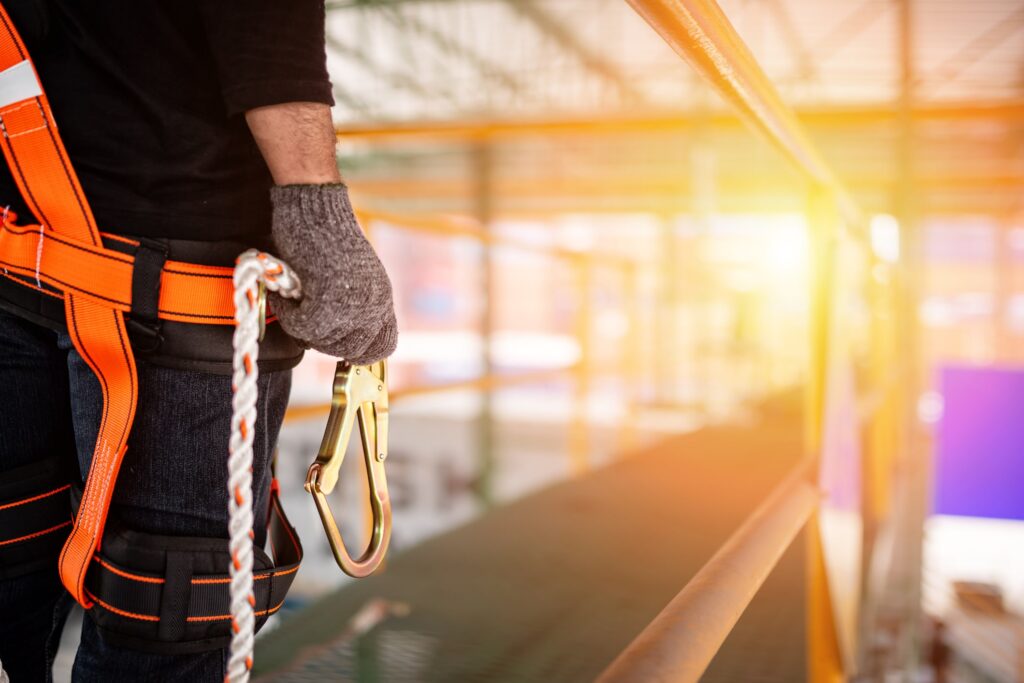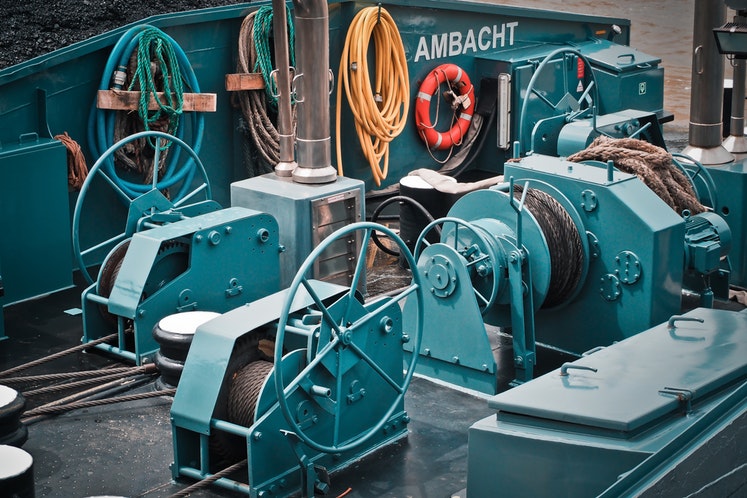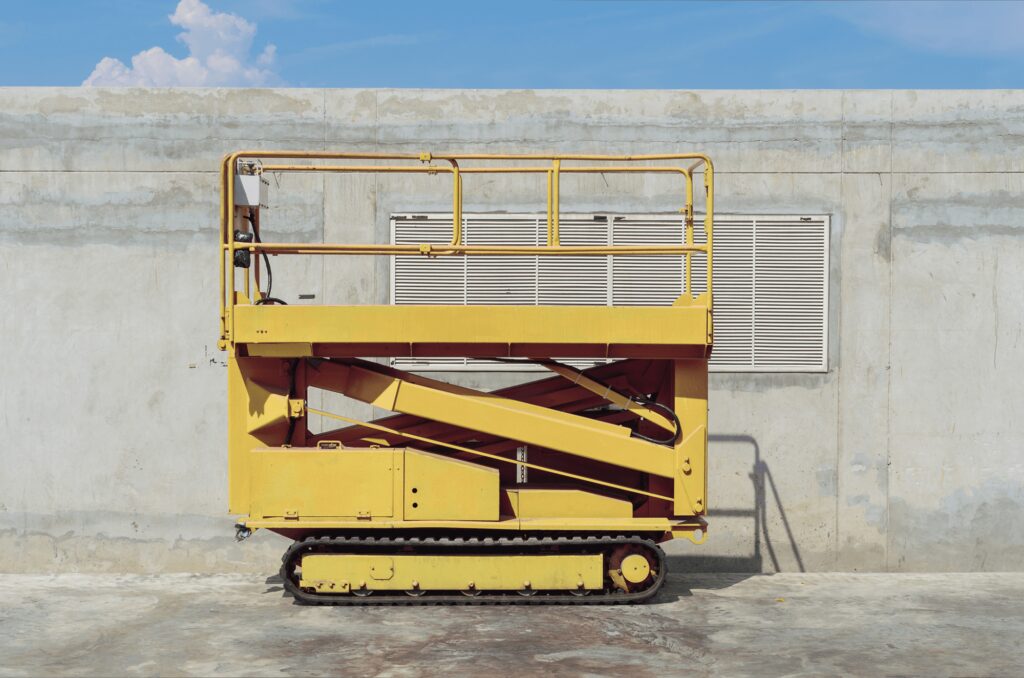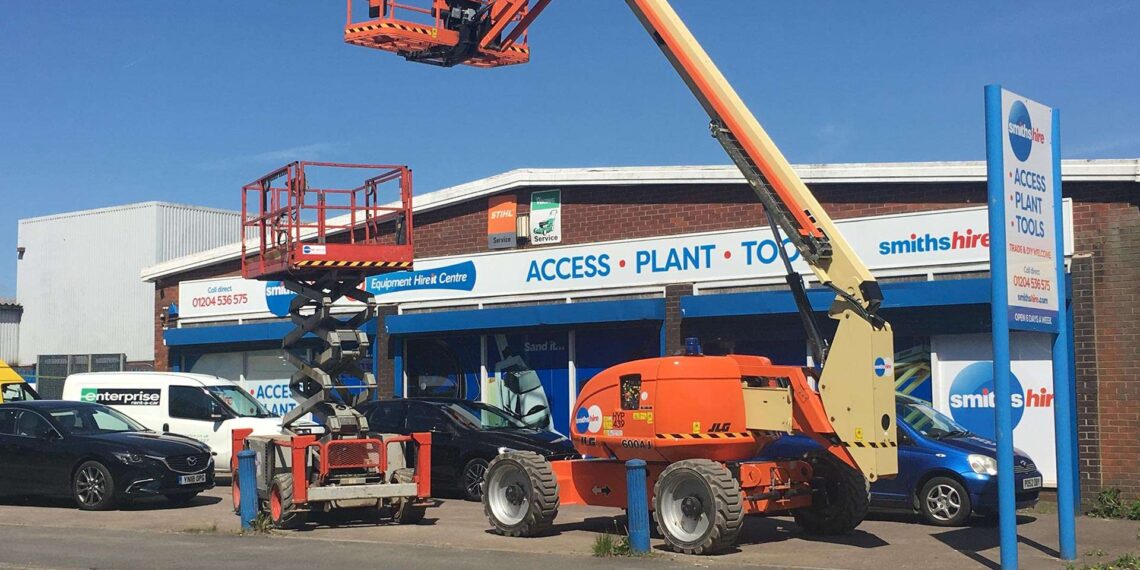Hiring access equipment is a crucial task for businesses handling construction, maintenance, or warehousing. Easy and efficient procurement of this equipment ensures that projects run smoothly without unnecessary delays.
Access equipment helps workers reach high areas safely and perform tasks more efficiently, which is essential for the success of various business operations.
Benefits of Access Equipment Rental
Renting access equipment has clear advantages. It saves money as there’s no need to invest in purchase and storage. Flexibility is another benefit; companies can choose equipment suited for specific jobs without a long-term commitment. Also, renters avoid the hassle of maintenance, which is typically handled by the rental company.
Types of Access Equipment

Common access equipment includes scissor lifts, for stable, vertical movement, boom lifts for flexible, over-and-around access, and scaffolding for static, broad platforms. Each type suits different tasks; scissor lifts for indoor maintenance, boom lifts for outdoor construction, and scaffolding for extensive facade work.
Finding Reliable Rental Providers
To find reputable rental companies, start by searching online and asking for recommendations. Read reviews carefully and check the provider’s credentials, including safety records and insurance coverage. This ensures reliable equipment and minimizes potential risks. To get the best possible head start in this department you should access this website.
Assessing Equipment Needs

To determine what equipment you need, consider the project type, height requirements, and terrain. Indoor tasks often require electric lifts, while rough outdoor terrains might need a diesel lift with rugged tires. Assess the workspace to ensure the equipment fits and operates safely.
Budgeting and Cost Considerations
Budgeting for access equipment rental requires more than just accounting for the rental price. Delivery costs and insurance can add up, so include these in your initial calculations. Be vigilant about hidden fees, which can sneak into the total cost.
These may include charges for extra attachments your project requires or penalties for keeping the equipment beyond the agreed period. To prevent surprises, maintain clear communication with the rental company.
Streamlining the Rental Process

Streamlining the rental process begins with early inquiries. Contacting rental companies well before your project starts gives you a better chance of securing the right equipment. Clearly communicate your needs to ensure the equipment matches your project’s demands.
Discuss and agree upon the terms before signing the rental agreement. Early reservation is key, as demand for access equipment can be high. Understanding the rental agreement in detail will prevent misunderstandings later on.
Maintenance and Safety
Maintenance and safety should never be an afterthought when hiring access equipment. Verify that the rental company has a rigorous maintenance routine to keep equipment in prime condition. Before operating any machinery, conduct your checks to confirm everything is in working order.
Understanding the equipment’s functionality is crucial for safe operation. Invest in training your employees on the correct usage of the equipment, and carry out regular safety checks. These practices help create a safe work environment, protect your employees from injury, and safeguard your assets from damage.
Conclusion
The key is understanding your needs, finding a trustworthy provider, and managing the rental process effectively. This includes cost savings, operational flexibility, and reduced maintenance burden.
Ensure safety and maintenance are top priorities to protect your workforce and investments. With these insights, businesses can streamline their access equipment hiring process, leading to successful project outcomes and sustained business growth.





